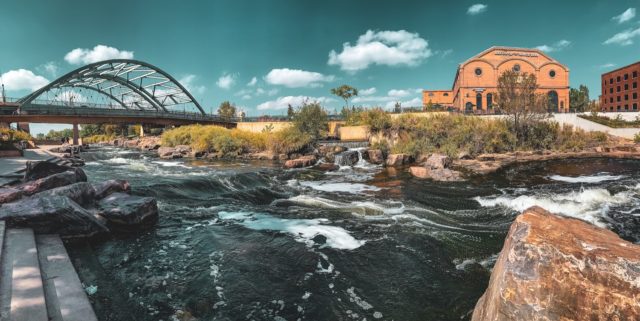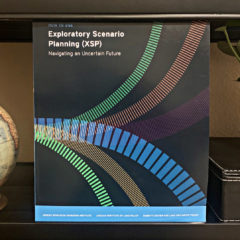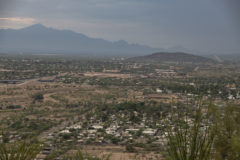
In the arid West, there is much uncertainty around water. Falling water supplies. Growing cities and towns. Competing needs of farmers, cities, and tribes. Having enough water for wildlife.
These factors underscore that we live in a world rife with uncertainty—who would have guessed we would be grappling with a pandemic? Whether dealing with the effects of long-term drought, extreme weather events, or other forces beyond our control, we face unprecedented challenges that require us to adapt.
Historically, communities planned around water supply and demand with specific goals in mind—we expect to grow by X, so we will need Y amount of water to meet future needs. They had a confidence that there would be few surprises ahead, but in reality, communities need to consider a range of possible situations when they plan for their water supply. Communities need to be able to pivot accordingly, depending on which future comes to pass.
As Ted Knowlton, Deputy Director, Wasatch Front Regional Council acknowledged: “We don’t have to simply react to major events and emerging forces like climate change and the pandemic, we can envision and prepare for unexpected consequence in advance.”

A new Sonoran Institute tool, Exploratory Scenario Planning (XSP), is now available to assist academics, urban and regional planners (and planners of all types) imagine and determine how to address a wide range of scenarios that may occur during these uncertain times and well into the future.
Developed in concert with the Lincoln Institute of Land Policy’s Babbitt Center for Land and Water Policy, XSP is designed to be easy to apply to a water planning effort.
How to Use Exploratory Scenario Planning (August 2020) outlines a step-by-step process, describes best practices, and shares case studies from several communities. XSP is truly a tool for these times.
For those addressing water issues, the manual offers practical tips from related planning efforts:
- The Colorado Water and Growth Dialogue asked how changes in urban form and landscaping practices could help meet future water demand along the Front Range.

View of housing and development in Tucson, Arizona. Photo: ©Bill Hatcher/Sonoran Institute, 2020 - Fort Collins considered how they could adapt their systems to improve performance despite the uncertainty and impact of climate change.
- The Upper Gila Watershed Partnership wanted to better understand how, given uncertainties around water supply, they could ensure a reliable supply and maintain the health of their watershed. Complementing this manual are series of video tutorials that can be found at ResilientWest.org. For more information about how XSP can help your water planning efforts, please contact us at ClimateResilience@sonoraninstitute.org.
Blog post by John Shepard, senior director of programs
